Descripción
Concebido como un texto introductorio en mecánica de suelos, la séptima edición de Das, Principles of Geotechnical Engineering ofrece una visión general de las propiedades del suelo y la mecánica, junto con la cobertura de las prácticas de campo y el procedimiento de ingeniería básica.
Principles of Geotechnical Engineering contiene más figuras y se trabajaron los problemas como cualquier otro texto en el mercado, además proporciona la información básica necesaria para apoyar el estudio en cursos posteriores orientados al diseño o en la práctica profesional.
Ver más

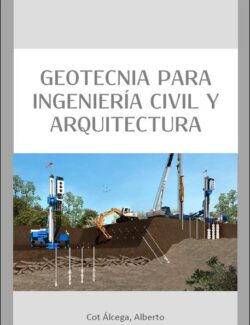
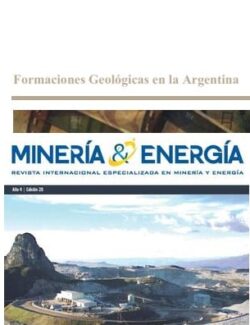
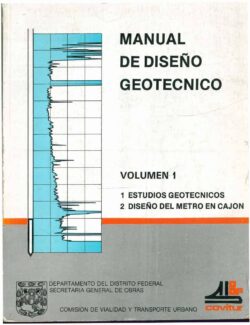
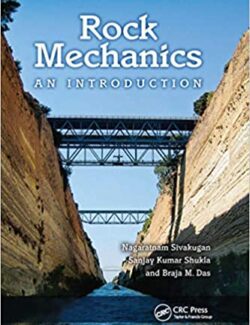
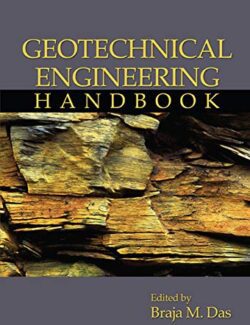
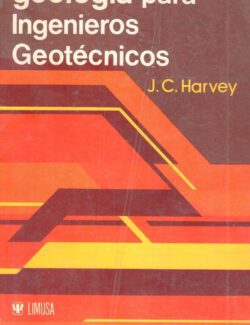

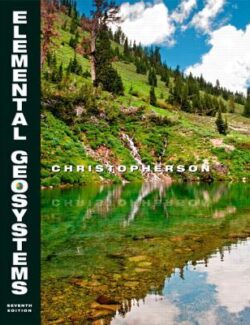
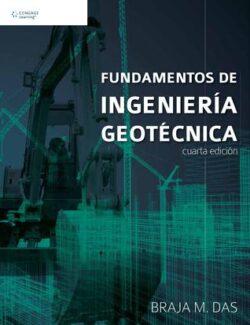


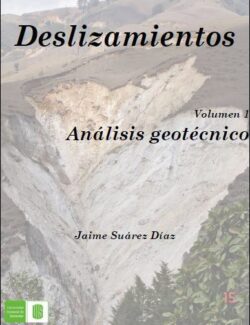
Déjanos un comentario
8 comentarios